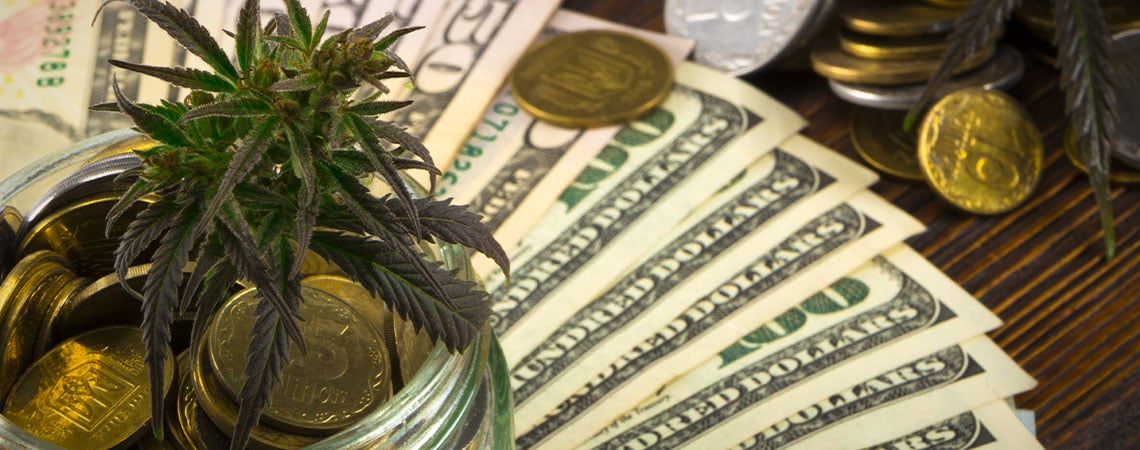Cannabis And The American Economy
The cannabis landscape continues to change drastically throughout America. When we look in the rear view mirror, the changes that have taken place over the last decade are monumental. But how are things now? What's in store in the near future for home growers and cannabis enthusiasts across America? We take a dive into everything going on.
There's no denying that the relationship between the cannabis industry and America's economy is complex, but the difference a decade has made is staggering. So it's high time that we brought you up to speed on where the American cannabis industry is today, and what's in store for the future.
How big is the cannabis industry in America?
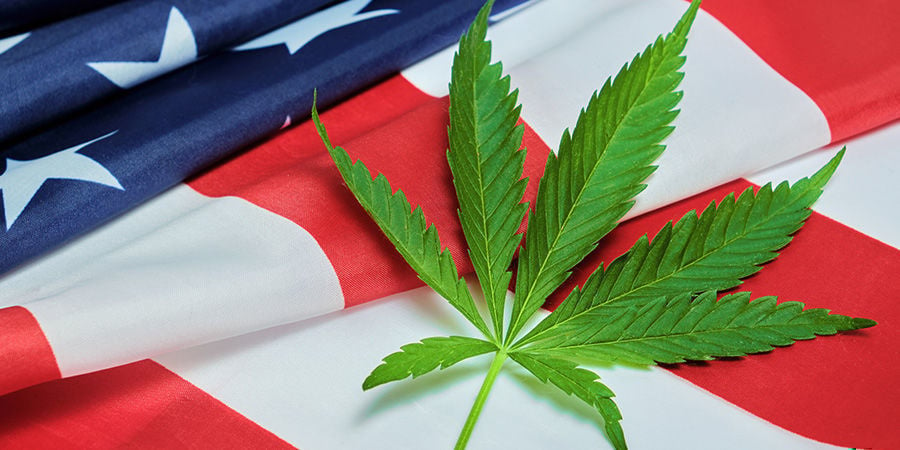
At the time of writing, out of the 50 states of America, cannabis is legal in 38 states for medical use and 24 for recreational use, with other states lined up to follow suit. Simply put, the American cannabis industry is enormous and expected to go from strength to strength in the coming years. It's estimated that the industry is worth around 39.85 billion dollars in 2024, with an annual growth rate projection of 13.93% until 2028.
Compared to other countries, such as Canada (estimated at 5.18 billion dollars in 2024) and Germany (1.35 billion dollars in 2024), America’s weed industry is absolutely massive. Of course, this could initially be put down to the size of the country compared to the others, but there's more to it than that. In large part, substantial changes in legislation have led to a thriving and competitive market.
Working in the US cannabis industry

With so much growth in the industry, the job market has also seen an increase in roles related to cannabis. From positions in political activism to cannabis tourism and even commercial growing, there are many potential avenues to pursue within the canna-business. And as more legislation is passed, more positions open up.
Even though the industry is booming, with legislation comes taxation, with California being a notable example. Farmers are now facing more regulations than ever, and as a result are typically earning less. So while a flourishing cannabis industry looks great in the eyes of the consumer, with greater ease of access and attractive price points, it's those in the industry itself that are feeling the pinch.
Established names in the pharmaceutical, agriculture, and alcohol businesses are now financing huge farms to compete against smaller farmers. If such cannabis floods the market, the average price should drop over time—but it’s not as simple as that. This outlook is concerning for some cannabis advocates, as the corporatisation and gentrification of the cannabis industry threatens to push out smaller craft cultivators. Activists in different states are looking for ways to stop the spread of corporate monopolies, while the business world presses on.
Now, as businesses of all sizes are getting into a crowded game, they're looking for advantageous resources in the staff they hire, including industry connections, previous experience, and in-depth knowledge of the cannabis plant.
How has cannabis legalization benefited the American economy?
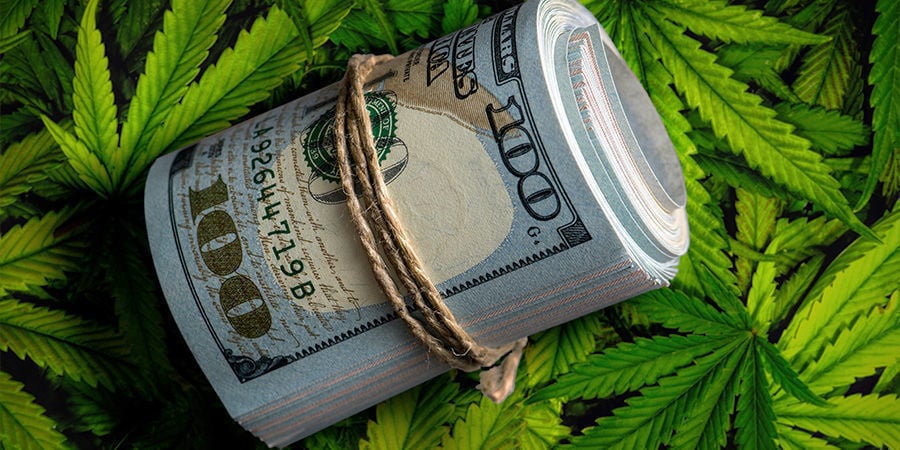
With nearly half of the country able to access legal recreational weed, the impact of cannabis legalization on the industry cannot be understated. The country has come a long way since Washington became the first state to legalize recreational cannabis use in 2012. We've now seen places such as Ohio, Minnesota, and Delaware legalize in 2023, with other states such as Wisconsin and possibly Florida primed to pick up the baton and continue this trend.
This would mean that by the end of 2024, over half of the USA will be generating legal cannabis-related revenue, which will no doubt have knock-on effects on both local economies and countrywide. You only have to look at the estimated value of the cannabis industry and its projected growth to see that the American economy will experience a boost in both the short and long term. Here are some potential benefits of cannabis legalization for America's economy:
- Job creation
- Tax revenue
- Investment and economic development
- Reduced law enforcement and judicial costs
- Cannabis tourism
- Competitive prices and product safety
- Innovation and research opportunities
The best American cannabis strains
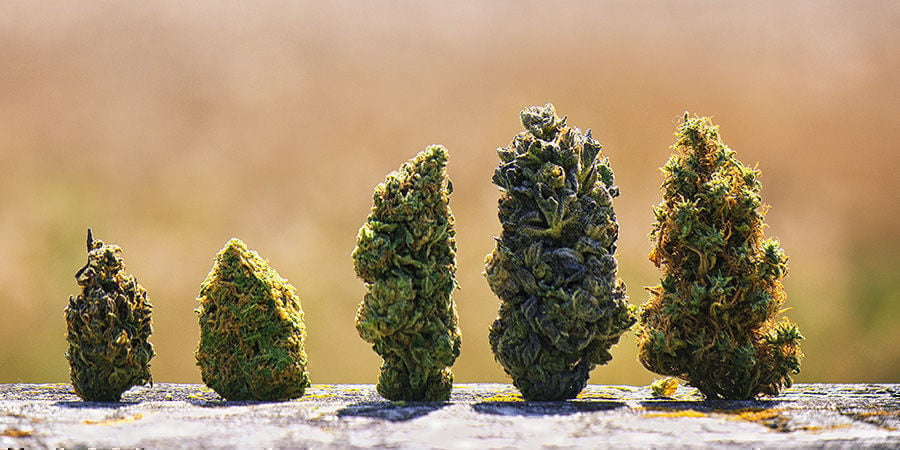
Over the past decade, a handful of incredible American cannabis strains have taken the entire world by storm, forming the genetic foundation for all manner of other cultivars. We've compiled three that really exemplify what you can expect from the typical American strain.
Blue Dream (Zamnesia Seeds)
Blue Dream is a distinctly fruity hybrid created by pairing Blueberry and Haze. This sativa-dominant specimen has a flowering period of around 9–10 weeks, during which it develops an abundance of purple-blue buds slathered in resin. This really is a Blue Dream come true! With an average of 19% THC and a selection of finely tuned terpenes, users can expect a unique blast of uplifting energy and creativity that settles into a prolonged, soothing stone.
Blue Dream (Zamnesia Seeds) feminized
Runtz (Zamnesia Seeds)
This one is a new classic that took social media by storm! As an exquisite cross between Gelato and Zkittlez, Runtz is a 50/50 sativa/indica hybrid that boasts a THC content in the region of 27%! When enjoying this strain, users open themselves up to a deeply relaxing high accented by moments of euphoria. Couple this with a fruity, candy-sweet flavour profile, and you’ve got something next level on your hands. And with a flowering time of 8–9 weeks, it doesn’t take long to access these buds, making it a massively popular choice for growers on both sides of the Atlantic!
Runtz (Zamnesia Seeds) feminized
Purple Queen Automatic (Royal Queen Seeds)
Purple Queen Automatic comes from our good friends at Royal Queen Seeds. This American indica-dominant autoflower takes just 9–10 weeks from seed to harvest and delivers an earthy and sweet terpene profile full of pine, lemon, and fruit that's ideal for any and all consumption methods. With around 16% THC to its name, Purple Queen Automatic isn't the most potent strain on this page, but for those seeking a tranquil mind-body high, this should well and truly be on your radar.
Purple Queen Automatic (Royal Queen Seeds) feminized
The future's bright, the future's green
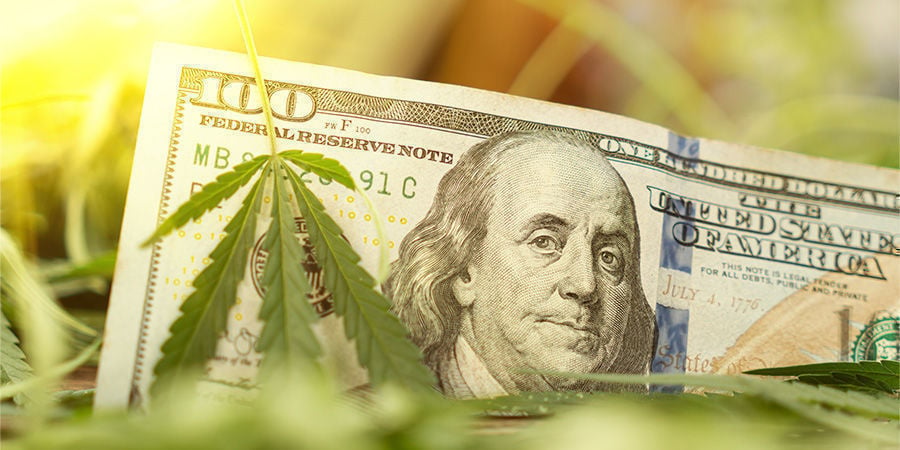
As you can probably tell by this point, many factors exist in the American cannabis industry. On the surface, the industry appears to thrive as cannabis becomes increasingly accepted and available throughout America. Still, there have been many hurdles regarding cannabis reform, which have slowed progress to a crawl in some instances. It is a case of taking two steps forward, and one step back, as it were. There is a real push-pull to the cannabis industry with each legislative change, and some states and municipalities see better returns than others.
But with more states relaxing their laws and making cannabis more available for both medical and recreational users, there might be more clarity in the near future. However, the road is long, and we may not see definitive change for some time. In the meantime, if you're looking to sample some American delights for yourself, be sure to take a look at Zamnesia's full range of American strains. From the East to the West Coast, these varieties offer the perfect balance of flavours, growth traits, and effects.
-
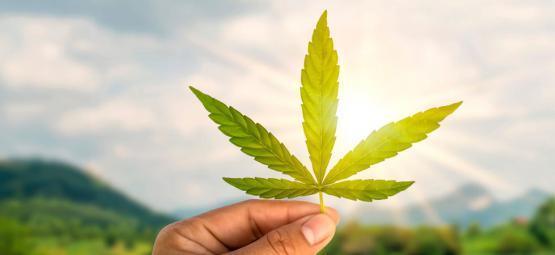
5 min 28 March, 2024 Cannabis Careers Explained The cannabis industry might seem like an illegal world shrouded in mystery. But it’s increasingly becoming like any other industry. The good news is that practically anyone can now enter it, and...
-

4 min 8 August, 2021 Top 5 Zamnesia CBD Products Shopping for CBD can be a confusing experience. There are so many products and brands out there. At Zamnesia, we provide a high-quality CBD line featuring numerous easy-to-use products.
-
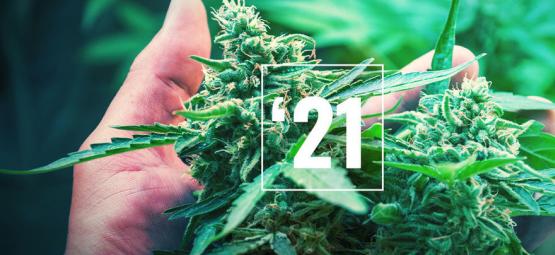
5 min 11 March, 2021 The Best Cannabis Strains For 2024 The cannabis industry is ready to advance into the year of 2024. Get ready for some fresh and powerful genetics to hit the scene.
-
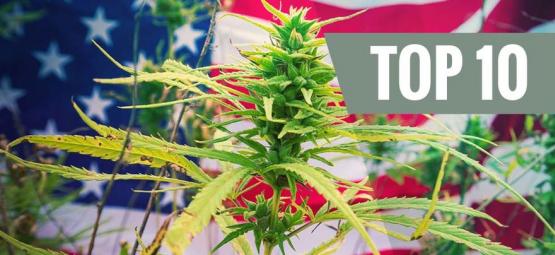
4 min 2 July, 2019 Top 10 Cannabis Strains From The USA For many cannabis enthusiasts, nothing is better than true West Coast weed. Some of the most iconic strains, such as the legendary OG Kush and the stimulating Sour Diesel have roots in the US. Here...




 Seedshop
Seedshop Headshop
Headshop Vaporshop
Vaporshop Healthshop
Healthshop Smartshop
Smartshop Shroomshop
Shroomshop Plantshop
Plantshop United States
United States
